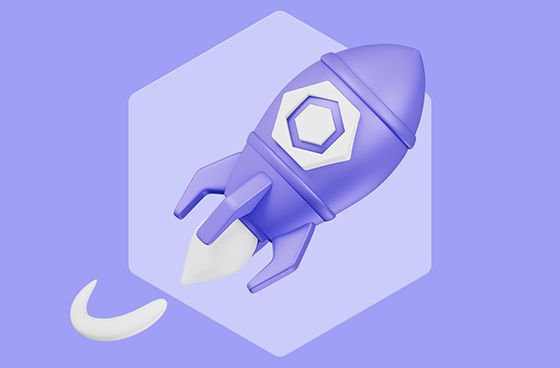
If you’ve built a domain-specific language (DSL), the challenge goes beyond defining syntax. You also need to make the language easy and efficient to use. Without a familiar developer experience, even the most powerful DSLs can struggle to gain traction. ESLint language plugins offer a simple and effective way to provide guidance, enforce consistency, and improve usability from the start.
Encode best practices
You know your language better than anyone, and you’ve likely documented best practices. But documentation is only effective if developers read it. ESLint language plugins let you turn those best practices into enforceable, configurable rules. Teams can customize them as needed, while a recommended default ensures consistency out of the box. This approach lets you scale your guidance across projects without relying on tribal knowledge or manual review.
Go beyond parser errors
Even if your language has clear syntax and helpful parser errors, that’s only part of the developer experience. Real-world projects introduce preferences and conventions that vary by team or organization. When your language offers multiple valid patterns, consistency starts to erode. ESLint rules give teams a way to enforce coding standards and ensure a cohesive codebase, regardless of individual styles.
Enable custom rule development
Your users often develop deep, practical knowledge of your language, but that insight rarely scales beyond their immediate team. ESLint language plugins make it easy for users to create and share custom lint rules. This enables organic growth of best practices, encourages knowledge sharing, and builds a stronger, more consistent ecosystem around your language.
All linter features for free
Building a linter from scratch involves a lot of foundational work, but with an ESLint language plugin, you get that infrastructure for free. ESLint handles file resolution, configuration loading, result formatting, and more — all out of the box. It also provides advanced capabilities like:
- Caching to speed up repeat runs
- Auto-fixing common issues
- Generating suppression files to reduce noise
- Running through an MCP server
- Debugging configuration files
- Controlling inline configuration
By leveraging ESLint, you can focus entirely on building language-specific rules while benefiting from a mature, battle-tested platform.
Editor Integration
Building developer tools is already hard. Supporting seamless editor integration makes it even harder. With ESLint language plugins, you don’t need to build custom editor support — your plugin works automatically with existing ESLint integrations. That gives your users immediate compatibility with:
- Visual Studio
- Visual Studio Code
- JetBrains IDEs
- Vim/NeoVIM via ALE
- NeoVIM via nvim-lspconfig or nvim-lint
- Emacs via Flycheck with javascript-eslint
This saves time, reduces maintenance, and gives developers a great experience right where they work.
Join the ESLint ecosystem
Adoption starts with experience. By building an ESLint language plugin, you deliver immediate value to your developers without reinventing core tooling. You encode best practices, promote consistency, and tap into a mature ecosystem that meets developers where they already work. It’s a small investment with outsized impact—accelerating adoption, improving quality, and reducing support overhead from day one.

